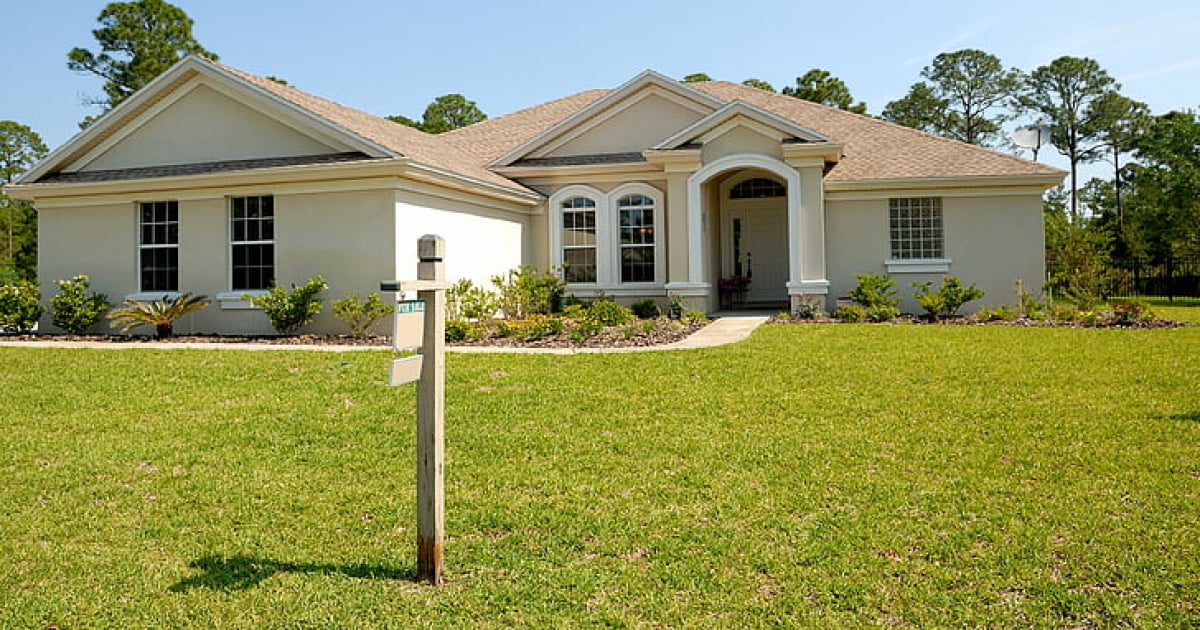The Miami real estate market has recently experienced a whirlwind of rapid growth, followed by a phase of stabilization in the latter months of 2024. This dynamic has captured the keen interest of both investors and analysts. Throughout this period, the housing prices saw a continuous ascent, peaking mid-year, which was then followed by a slight market correction as it adapted to evolving supply and demand conditions.
Consistent Rise in Property Values
Since the end of 2023, Miami's housing values have witnessed a remarkable surge. Zillow's Home Value Index (ZHVI) increased from around $548,000 to almost $587,000 by July 2024. This upward trend was largely driven by strong demand for properties, fueled by an influx of new residents, international investor interest, and buyers eager to diversify in a promising and secure real estate environment.
The rapid escalation in prices was further exacerbated by limited housing supply, resulting in fierce competition among buyers. This competition often led to homes being sold at or above the listing prices. During this growth phase, pressure on the available inventory led to a steady climb in sale prices.
Market Stabilization and Adjustments in the Latter Half of the Year
By July 2024, signs of stabilization began to emerge in Miami's real estate market. Despite the median sale price reaching $587,000 in August, the rate of price growth started to level off. In the third quarter of 2024, there was a noticeable increase in property listings, with 4,987 units available by the end of September and 1,019 new listings that month. This rise in inventory, although not drastic, offered buyers more options, easing the pressure on prices.
The stabilization of prices indicates a market where supply and demand have begun to naturally balance. This is evident from the sale-to-list price ratio of 0.971, showing that most homes sold slightly below their initial listing prices. Additionally, 72.9% of sales closed below list prices, marking a shift from the previous trend where buyers often paid close to or above the asking prices.
Gradual Price Decline: A Natural Adjustment
The modest decrease in prices starting in July can be seen as a market correction following the significant growth in the first half of the year. This adjustment has been gradual, indicating a natural realignment rather than a sharp decline. While sales remain active, with an average of 36 days for a property to go under contract, the pace of transactions has become more moderate compared to earlier months, further contributing to price stabilization.
The increase in inventory and stable median prices suggest that the market has reached a mature phase after a period of substantial expansion. The slower pace of sales and greater availability of homes create an environment where buyers can negotiate more effectively, and prices adjust more organically to market conditions.
Future Outlook for Miami's Real Estate Market
The observed price stabilization and slight reduction in the latter half of 2024 do not necessarily signal a downturn in Miami's real estate market. On the contrary, they suggest a healthy adjustment that could pave the way for more sustainable long-term activity. As buyers and sellers adapt to the new conditions, Miami's market stands as a promising opportunity for those looking to capitalize on its unique real estate landscape. Looking ahead, expectations point towards a balance between supply and demand, with the potential for continued attraction of both local buyers and international investors.
Since January 2024, Miami's real estate sector has faced significant challenges. Early in the year, home sales in Miami-Dade dropped by 26%, impacted by soaring mortgage rates reaching heights unseen since 2000. This situation led to a contraction in transactions, complicating the purchasing power for many. However, by April 2024, rental market opportunities began to emerge. Areas like Riverview and West Little River became notable for offering more affordable rental options, providing valuable alternatives for those wishing to reside in the sunny city without incurring the usual high costs.
By mid-2024, Miami's real estate market showed signs of recovery, spurred by increasing luxury property demand and rising taxable property values in Miami-Dade, surpassing $469 billion. Although the housing market continued to adjust, luxury property prices and sales above the million-dollar mark kept climbing. Meanwhile, opportunities arose for lower-budget buyers, with properties available for under $300,000 in areas like Doral and North Miami Beach. Nonetheless, high housing prices compared to cities like Tampa, along with strong demand in neighborhoods such as Brickell, continue to challenge local buyers.
